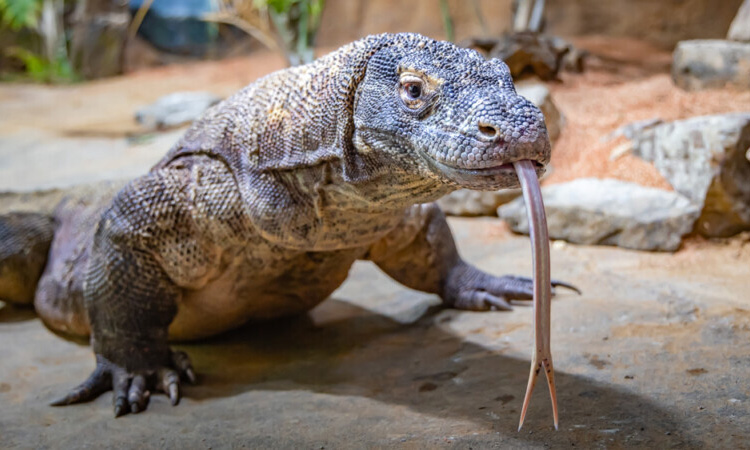The long-tailed macaque, also known as the fascicularis monkey, is a unique and fascinating species of primate found in Southeast Asia.
Physical Characteristics:
– These monkeys have long tails that can measure up to twice the length of their bodies.
– They have short, sleek fur that ranges in color from gray to brown.
– Their faces are human-like, with expressive eyes and a mouth that resembles a smile.
Habitat and Behavior:
– Fascicularis monkeys live in a variety of habitats, including forests, mangroves, and urban areas.
– They are highly social animals, living in groups of up to 50 individuals.
– These monkeys are known for their intelligence and complex social structures.
Diet and Feeding:
– Fascicularis monkeys are omnivores, eating a diet that includes fruits, insects, and small animals.
– They are skilled foragers, using their nimble fingers and sharp teeth to find and eat food.
Reproduction:
– Female fascicularis monkeys give birth to one offspring at a time, after a gestation period of around six months.
– The young monkeys are dependent on their mothers for the first few months of their lives.
Conservation Status:
– The long-tailed macaque is classified as a species of Least Concern by the International Union for Conservation of Nature.
– However, they face threats from habitat loss, hunting, and the illegal pet trade.
In conclusion, the long-tailed macaque is a unique and fascinating species of monkey with a wide range of adaptations and behaviors. By learning more about these animals, we can better understand and appreciate the diversity of life on Earth.




